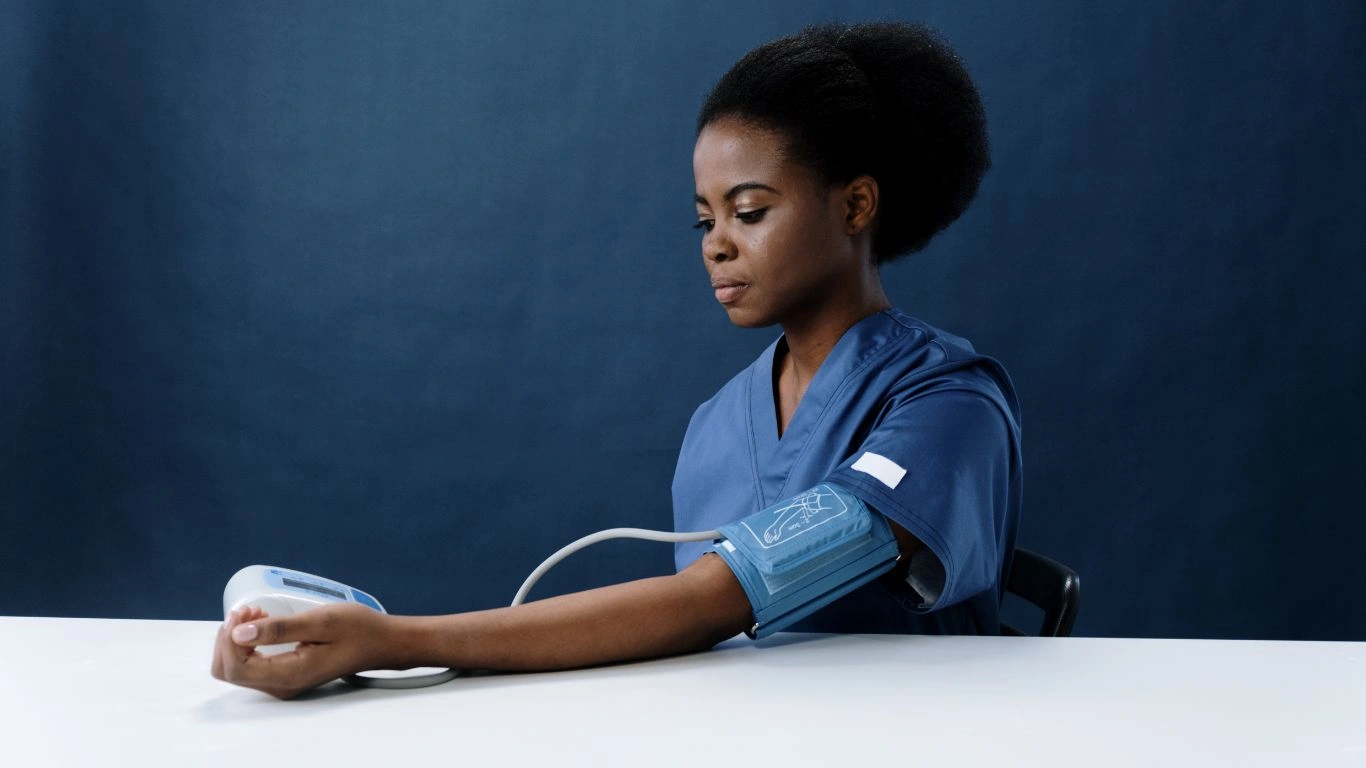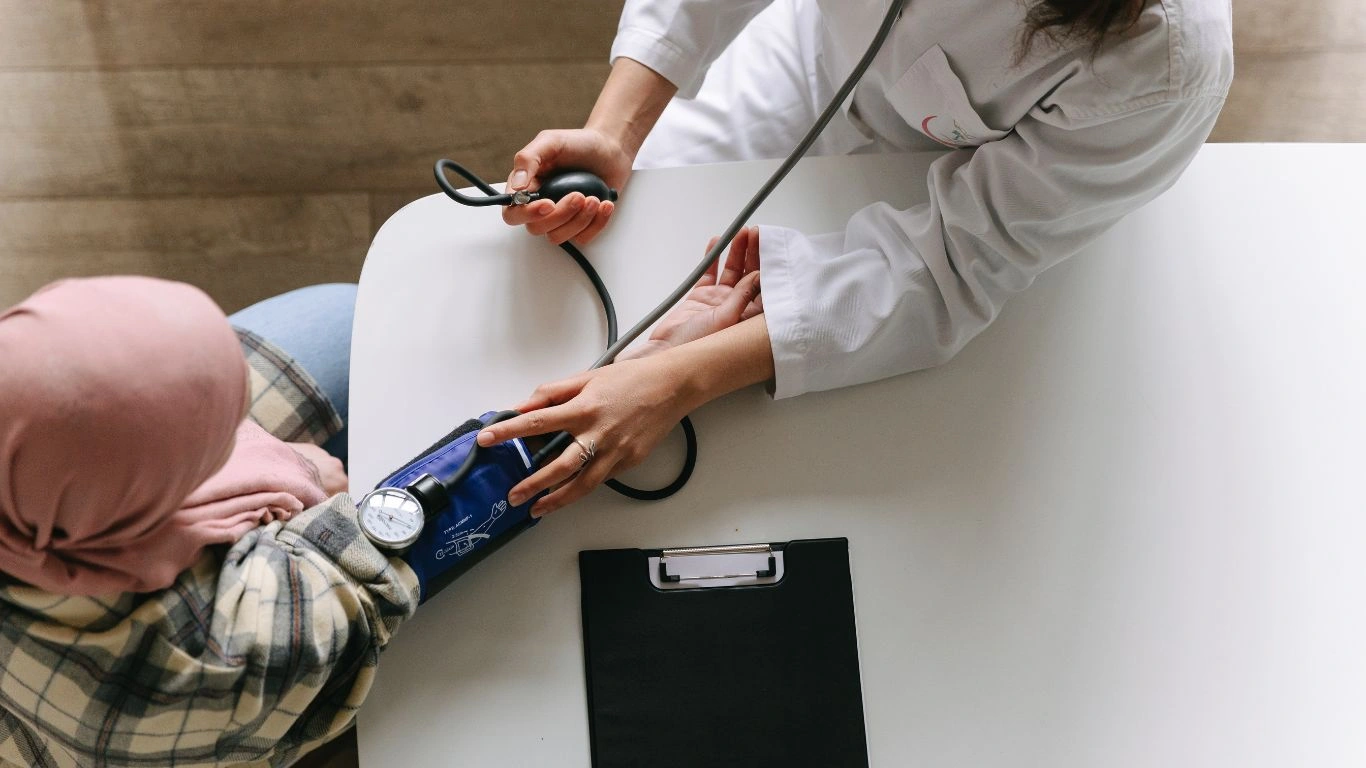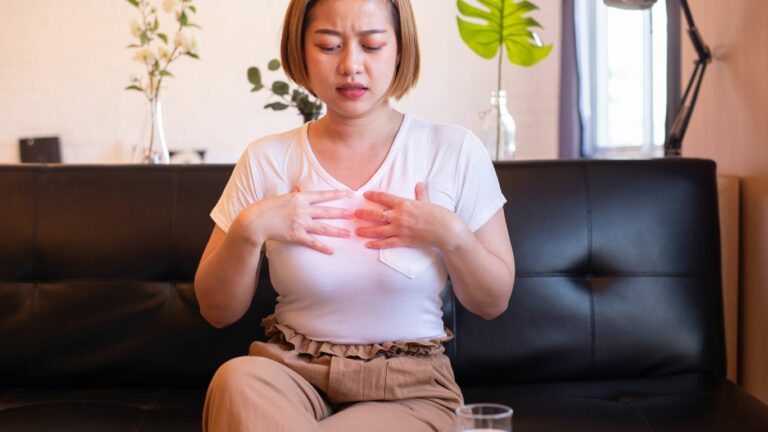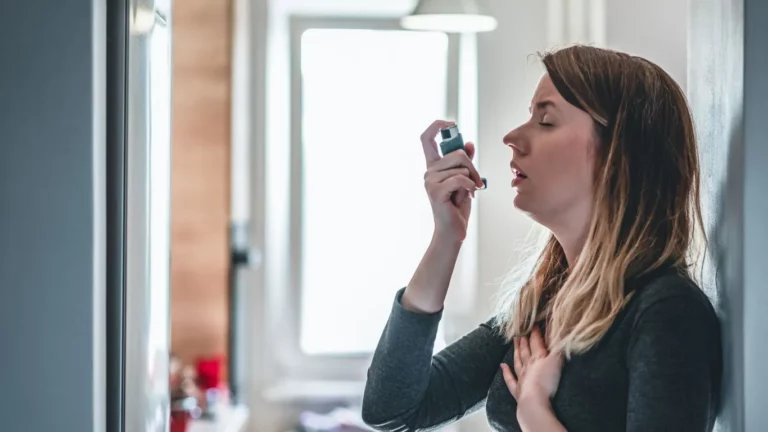Master How to Track Daily BP Changes for Better Heart Health
Let’s be real for a moment—keeping track of your blood pressure every single day sounds like one of those things you know you *should* do, but it ends up somewhere between flossing daily and logging all your meals. Trust me, as a physician who has spent years treating patients with hypertension, I get it. But if you’ve ever wondered how to track daily BP changes without turning it into another chore, you’re in the right place. I’ve seen firsthand how simple habits can completely change the course of someone’s health—and it all starts with just a little consistency and the right tools.
Why Bother Tracking Blood Pressure Daily?

You’d be surprised how often I hear this question in clinic. “Doc, my BP was fine last month—why do I need to keep checking it?” The thing is, blood pressure isn’t a one-time deal. It’s not like getting your cholesterol checked once a year. It fluctuates. It reacts to stress, diet, sleep, even the weather (yep, seriously). Daily tracking gives you—and your doctor—a much clearer picture of what’s really going on.
One of my long-time patients, let’s call him James, thought his hypertension was under control based on quarterly clinic visits. But when he started home monitoring, we discovered huge morning spikes that were going unnoticed. A simple medication timing tweak made all the difference.
Consistency Over Perfection
You don’t need to be perfect, just consistent. Think of tracking like taking snapshots—one random photo won’t tell the whole story, but a photo album over time? That’s gold. Aim to take your readings at the same time each day, preferably morning and evening. Keep it calm, no coffee right before, and make sure you’re seated, relaxed, and using a validated monitor.
How to Track Daily BP Changes the Right Way

1. Choose the Right Equipment
Start with a good quality, upper-arm cuff monitor that’s been validated for accuracy. Wrist monitors? Not a fan. Too inconsistent. If you’re unsure what to get, the American Heart Association has a solid list of recommended devices.
- Upper-arm monitor: More accurate than wrist models.
- Automatic readout: Makes logging easier, especially if it syncs to an app.
- Correct cuff size: This is huge—too small or too large, and your numbers won’t be reliable.
2. Create a Simple Routine
If you’re new to this, don’t overthink it. Take two readings, one minute apart, and record the average. Do this once in the morning before breakfast and again in the evening before dinner. Boom—done. That’s all it takes.
- Sit quietly for 5 minutes before measuring.
- Feet flat on the floor, back supported, arm at heart level.
- No talking. No crossing your legs. Yes, really.
3. Record and Reflect
This is where the magic happens. Whether you’re a pen-and-paper person (I love a classic logbook!) or you prefer digital, just make sure you’re capturing those numbers. Add a quick note if anything was different—bad sleep, stressful meeting, salty lunch—these can all explain fluctuations.
Here’s a quick tip I give my patients: Use emojis. Yep. Feeling great? 😊. Slept poorly? 😴. Ate fast food? 🍔. It makes the log more personal and helps you connect the dots emotionally and physically.
Patterns Matter More Than One-Off Readings

One high reading doesn’t equal hypertension, and one low doesn’t mean you’re in the clear. What we’re looking for are patterns over time. That’s where daily BP tracking really shines. As a physician, I use those patterns to adjust medications, recommend lifestyle changes, and even catch issues early before they become dangerous.
I once had a patient who brought in a beautiful spreadsheet—color-coded, notes on each day. We spotted a trend of elevated evening readings, and it led to an important conversation about stress at work. That one insight helped us adjust her treatment plan, and more importantly, her quality of life improved dramatically.
Common Mistakes People Make When Tracking BP (And How to Avoid Them)

Now, let’s talk about what not to do—because I’ve seen it all. One patient of mine, bless her heart, was writing down readings *while* watching a high-stakes football game. Unsurprisingly, her numbers were all over the place. It’s not just about collecting data, it’s about doing it the right way.
Taking Readings at Random Times
This one’s super common. You’re curious, you whip out the cuff at 3 PM after a stressful meeting or right after a double espresso—bam, high reading. The issue is, these numbers don’t reflect your baseline. They reflect a *moment*. That’s why tracking at consistent times matters so much when learning how to track daily BP changes.
Skipping Days or “Guessing”
If you’re only taking your BP when you “feel off,” you’re missing the big picture. Hypertension often has no symptoms. It’s sneaky like that. I always remind my patients: don’t trust how you feel—trust the data. And please, don’t round up or down your numbers because they “look weird.” Those odd readings could actually be telling us something important.
Using Faulty or Inaccurate Devices
I had one gentleman who brought in home readings that just didn’t make sense. He was using a dusty monitor from the early 2000s. After checking against our clinic device, we discovered it was underreporting his systolic by nearly 15 points. That’s the difference between “controlled” and “stroke risk.” If your device is older than your smartphone, it might be time to upgrade.
How to Turn BP Tracking Into a Lifestyle (Not a Chore)

Honestly, the hardest part is just getting started. But once you get into a groove, it becomes second nature—like brushing your teeth or locking your door at night. The trick is to make it fit into your routine rather than feeling like an “extra” task.
Use Technology to Your Advantage
There are some excellent BP monitoring apps out there now, and many devices can sync directly via Bluetooth. I’m a big fan of anything that cuts down friction. If your monitor saves data automatically or lets you export reports for your doctor, even better.
- Apps like: Omron Connect, Qardio, Withings Health Mate
- Features to look for: Trend graphs, reminders, easy export options
- Bonus: Some allow you to log lifestyle notes alongside readings
Gamify the Process
Sounds silly, but it works. Set mini goals—like “BP under 130/80 five days this week” or “No missed recordings for 10 days.” Reward yourself with something fun (but maybe skip the salty fries). One of my tech-savvy patients even set up a point system with their smartwatch. It’s all about building momentum.
If you’ve got a partner or a roommate, get them involved. I’ve seen couples turn it into a daily ritual—morning coffee, quick BP check, out the door. Some even keep a shared BP log. Not only does it help with accountability, it adds a little team spirit to the whole thing.
When to Talk to Your Doctor About Your Readings

Alright, you’ve been logging, tracking, even color-coding—now what? Here’s the part where your data becomes really powerful. You don’t have to wait for your next annual physical. If you notice consistent readings above 135/85, especially if they’re trending up, it’s time to bring it to your provider’s attention.
What to Watch For
- Morning spikes – Often a sign of poor overnight BP control
- Evening elevations – May be tied to diet, stress, or timing of medications
- Big swings (20+ mmHg) – Could signal underlying issues like autonomic dysfunction or poor medication fit
Bring the Whole Picture
Don’t just bring a few numbers. Bring your log. Better yet, print a graph or download a report from your app. As a physician, this kind of data helps me make better decisions—maybe you need a med adjustment, maybe we need to test for white coat hypertension. Either way, it starts with *you* tracking consistently.
I had a patient who was borderline hypertensive for years. She started daily BP tracking and emailed me a chart before her visit. We saw a subtle upward trend. Based on that alone, we started low-dose meds earlier than we might have otherwise—and it probably prevented a stroke down the line.
Using Daily BP Trends to Empower Lifestyle Changes

One of the most underrated benefits of learning how to track daily BP changes is how much it teaches you about your own body. Suddenly, that extra salty dinner or stressful Zoom call isn’t just a passing moment—it shows up on your blood pressure log. And that awareness? It’s powerful. I’ve had patients totally rethink their relationship with food or stress once they saw the numbers move in real time.
Like one of my patients, Laura, who was skeptical that cutting back on processed foods would help her BP. Two weeks of cleaner eating later, her readings dropped nearly 10 points on average. She didn’t need me to convince her anymore—her own data did the talking.
Making the Data Work For You
This part’s fun: once you’ve been logging consistently, you can start spotting trends and triggers. I recommend picking one thing to focus on at a time—maybe salt, maybe sleep, maybe movement—and tracking how changes affect your BP over 7-10 days.
- High sodium meal? Watch for a bump the next morning.
- Bad night of sleep? Some folks spike 5-10 mmHg the next day.
- Stressful work week? Yep, BP can creep up day by day.
Even small habits—like a daily walk or adding potassium-rich foods—can move the needle, and your log helps you *see* the payoff.
Talking With Your Doctor: Advocate With Data

As a physician, there’s nothing I appreciate more than a patient who walks in informed and ready to collaborate. When you’ve been tracking your BP daily, you’re not just guessing—you’re showing patterns. You’re bringing evidence to the table.
Here’s what helps us most in clinic:
- Morning and evening readings from at least the past 7-14 days
- Any lifestyle notes (sleep, stress, meals, physical activity)
- Patterns you’ve noticed—even if they’re subtle
Even better? Print out a copy or email it ahead of time. If you’re using an app, screenshots work too. This isn’t just helpful for med adjustments—it helps us decide when NOT to increase meds, which is equally important.
Red Flags You Shouldn’t Ignore
While slight fluctuations are normal, some signs mean it’s time to call your provider—not just wait for your next visit.
- Consistent readings above 140/90
- Sudden increase of 20+ mmHg for no clear reason
- Readings consistently high despite medication
- Feeling dizzy, weak, or short of breath along with high readings
Trust your instincts here. You know your body best, and daily monitoring just sharpens that awareness.
Final Thoughts: Small Habit, Big Impact
If there’s one thing I want folks to walk away with, it’s this: tracking your blood pressure isn’t about being perfect—it’s about being present. A few minutes a day can literally save your life or at the very least, make it healthier and more informed. I’ve seen it change outcomes. I’ve seen it change people’s confidence in their own care.
It’s not flashy. It’s not complicated. But it works. And once you start noticing the connection between your daily choices and your BP readings? That’s where the magic happens.
So grab that monitor, build your routine, and take charge. Your heart will thank you—and if I’m your doctor, I will too.
References
- American Heart Association
- Centers for Disease Control and Prevention
- Mayo Clinic
- American Gastroenterological Association
- National Heart, Lung, and Blood Institute (NHLBI)
Disclaimer
Disclaimer: This article is for informational purposes only and is not a substitute for professional medical advice, diagnosis, or treatment. Always consult with a qualified healthcare provider regarding any questions you may have about a medical condition. The experiences and examples shared are real but anonymized to protect patient privacy.

Dr. Gwenna Aazee is a board-certified Internal Medicine Physician with a special focus on hypertension management, chronic disease prevention, and patient education. With years of experience in both clinical practice and medical writing, she’s passionate about turning evidence-based medicine into accessible, actionable advice. Through her work at Healthusias.com, Dr. Aazee empowers readers to take charge of their health with confidence and clarity. Off the clock, she enjoys deep dives into nutrition research, long walks with her rescue pup, and simplifying medical jargon one article at a time.





